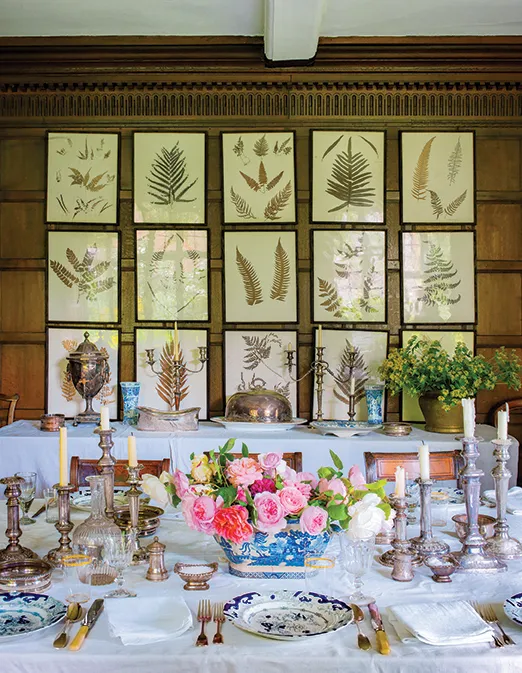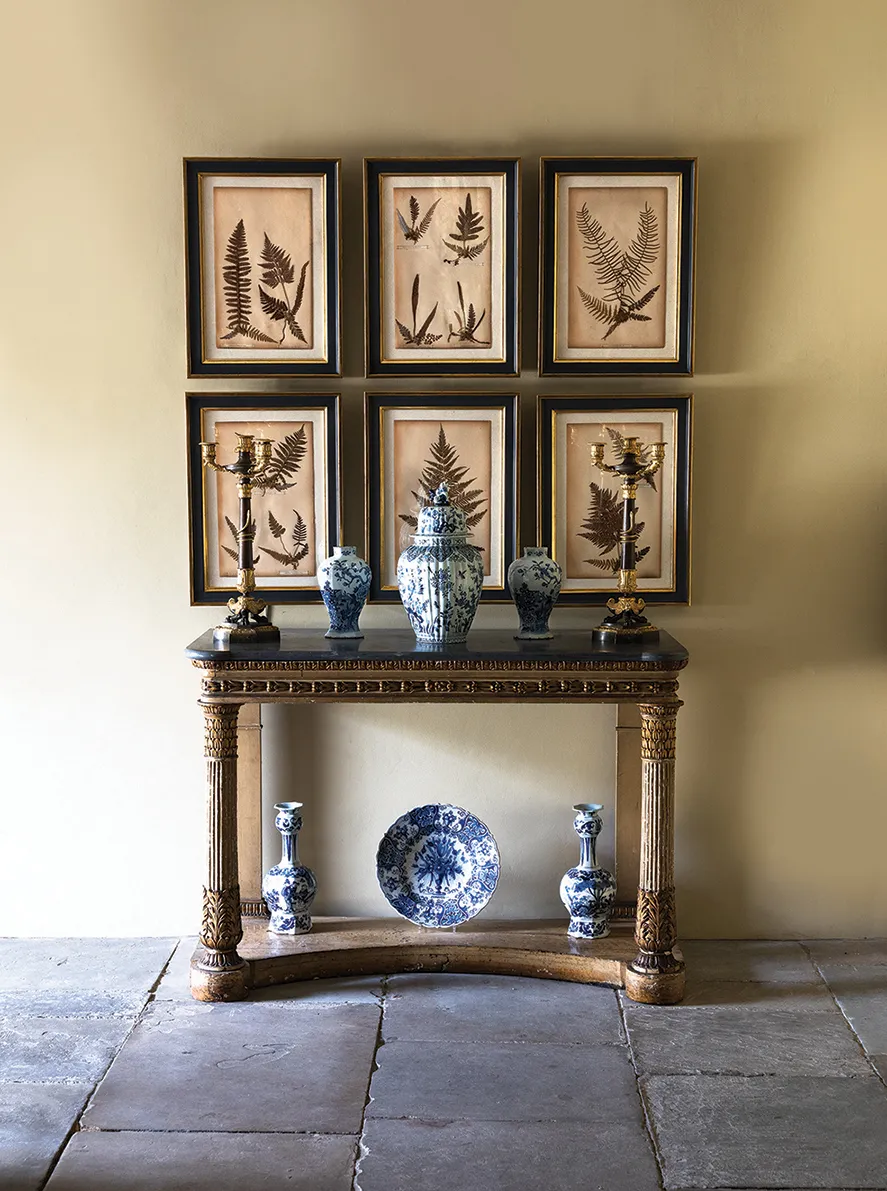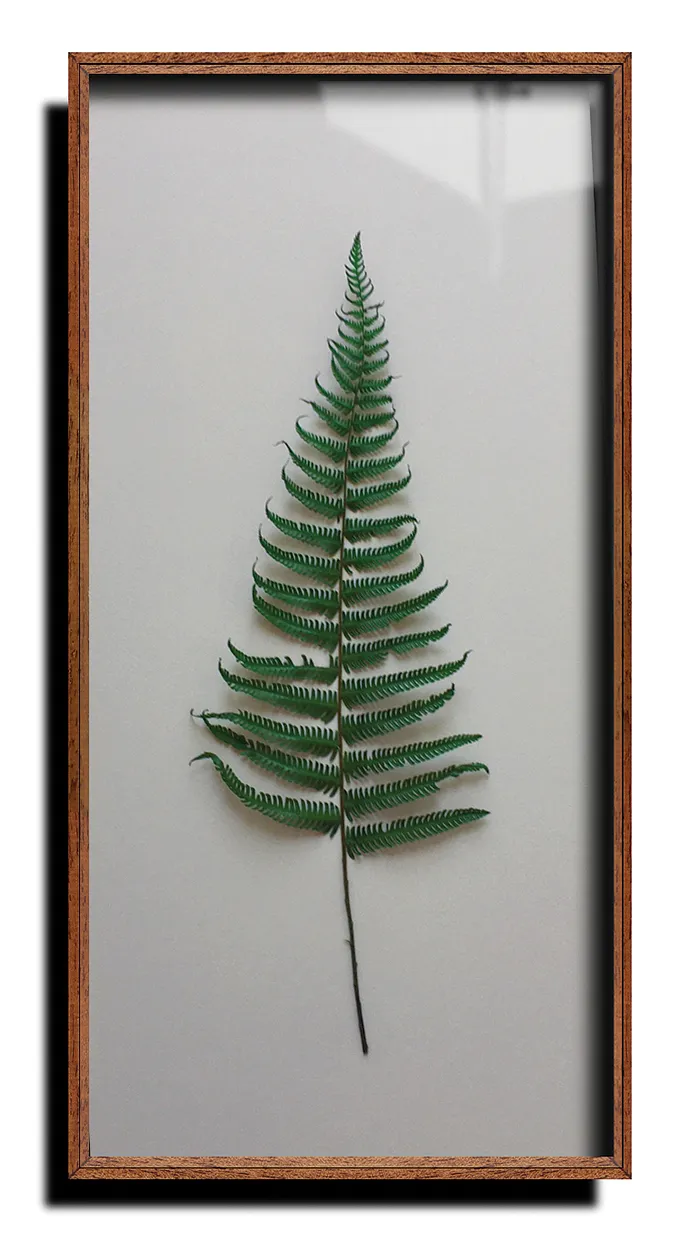In the middle of the 19th century, Britain was gripped by a craze. The nation had become infatuated with the natural world, thanks to naturalists such as Charles Darwin, and what started as an appreciation for botany turned into a mad obsession for one plant in particular: the fern.

We became so fond of fronds that a name was coined for the mania – fern fever (or pteridomania – its official name) engrossed the land. The fern motif was used prolifically in decorative art, while anyone and everyone raced to collect and cultivate the plant.
Fashionable fern forays became popular social occasions. Enthusiasts armed with baskets and trowels headed into the countryside, scrambling through forests to uproot specimens in order to create indoor and outdoor ferneries at home, using greenhouses and terrariums. However, fern collecting soon led to widespread damage of their habitats and even threatened certain species.

Rather than digging up the whole plant, other collectors would amass fronds to dry and press in albums known as herbaria, an activity enjoyed by the novelist Charlotte Brontë on her honeymoon in Ireland, and by American poet Emily Dickinson when she was a teenager.
Ferns were also pressed and fixed to paper to be framed and hung as works of art, which are still as popular today. Now antiques, herbaria and framed ferns are highly coveted by botanical and decorative antiques lovers. But they are hard to come by.
Sigi Cassel of Julia Boston Antiques, which occasionally sells antique pressed ferns, explains that while true Victorian examples aren’t so available now, ‘Victorian fern prints are relatively easy to pick up from antiques shops and print shops, as well as in online stores.’
At a glance...
How and when did precious ferns first become popular decorative pieces?
Fern collecting became popular in Britain from the late 1830s, after doctor and amateur horticulturist Nathaniel Bagshaw Ward invented his Wardian case, the world’s first terrarium that could be used to create a fernery. Nurseries started growing and selling ferns, and books and magazine articles extolled the joys of these plants, further fuelling the fever. One book in particular wasThe Ferns of Great Britain and Irelandby Henry Bradbury and Thomas Moore, one of the curators of Chelsea Physic Garden, which was published in 1855. The fashion for ferns lasted decades but faded, as did quite a few things, when the First World War broke out in 1914.
Due to the rare nature of antique pressed ferns, which usually come inscribed by the amateur or botanist who collected them, prices for them can be quite high. Expect to pay several hundred to a thousand pounds for an individual piece in good condition – if you can find one!
Due to their scarcity, antique pressed ferns can command high prices, but several factors impact how much they are worth. ‘Value can be judged in composition, condition and rarity of the ferns, as well as provenance and any other features which might distinguish them or add interest,’ Sigi adds. ‘They are always popular if they are well laid out and framed well.’
People were not only out collecting fern cuttings in Britain – professional botanists and amateur fern collectors were seeking specimens in the Empire and America. ‘At the moment, we have a set collected in New Zealand,’ says Sigi. ‘In the past, we’ve had a set collected by an army major in India, who had very delicately arranged them into unique patterns. It is always magical to come across a set that someone else – probably an amateur – has taken so much care over 150 years ago, and which still appeals today.’

While antique versions may be like gold dust, happily, a new generation of decorative artists are making modern herbaria. Artist-makers Mike Pollard and Rika Yamasaki of MR Studio London press and frame flowers and plants to make artworks. ‘It feels really rewarding to turn something that would be mostly overlooked into something beautiful that can be kept and cherished,’ says Rika.
Interior designer Hannah Brown frames preserved ferns, which are particularly striking. ‘I think framed ferns look like museum pieces,’ she says. ‘I love colour and I really enjoy finding the right shade to use as a backdrop.’
Image: Michael Paul/Living Inside
